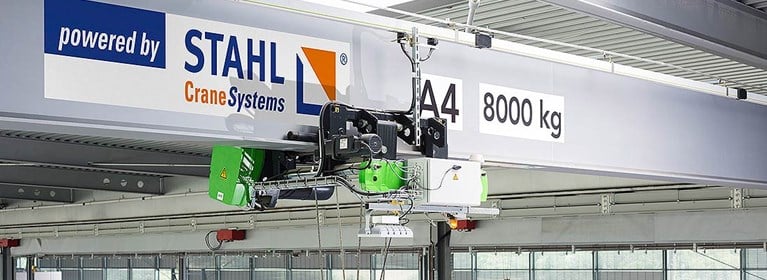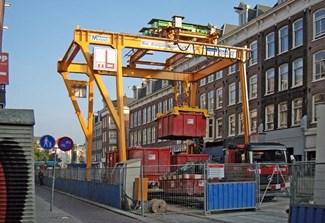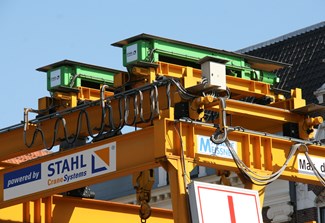
STAHL CraneSystems Products Support Construction of New Metro in Amsterdam
Construction | Crane Systems | Hoisting & Lifting | By STAHL CraneSystems | Aug 23, 2013
In 2012, one of the Netherlands' largest projects was the construction of the North-South underground railway line through the center of Amsterdam. The new line was built to connect the residential areas in the north of the city with the city center and new commercial center in the south of Amsterdam.
When completed, the new line would be the most-used transport link in the Netherlands and be used by around 200,000 passengers each day. To help tackle this job, German crane expert Meissner Krane, from Bad Blankenburg, and STAHL CraneSystems supported the project with specialized crane technology.
The Challenge
Amsterdam's city center is densely populated. Cars en masse push their way through the narrow streets every day and cyclists abound. The new Metro therefore had to be routed underground in the whole south section of the line. This presented many challenges. First, the water table is at ground level in this area. Second, there are numerous historical buildings that needed to be protected while construction was taking place. The team had to construct this line with minimal effects on the city and its inhabitants.
The Solution
When building the new underground stations, large volumes of excavated earth had to be moved above ground by lorries. To permit this in the narrow streets of the old city, without closing roads and causing traffic chaos, off-standard portal cranes were used on three construction sites. These cranes loaded the containers full of excavated earth onto lorries above ground. They were also used to take in work machinery and complete the underground railway stations.
A portal width of 8 meters enabled safe loading and unloading operations in spite of concurrent car traffic and the continued operation of the existing tram line. The track gauge of the cranes could be extended to 10 meters, so that after individual construction sections were completed, they could be used on other building sites. Their maximum standard working load of 25 tons was distributed over two STAHL CraneSystems brand hoists.
Due to the maximum lifting height of 42 meters, a high lifting speed and high classification were necessary in order to meet the schedule for the excavation work specified by the City of Amsterdam. Two ASF7 wire rope hoists with frequency inverters were used on each crane, enabling the excavation containers to be loaded quickly and accurately. Because of their FEM 3m classification, the hoists were well suited to intensive operational demands. The use of two hoists allowed for hoisting speeds of 15 meters per minute under full load or 21 meters per minute with an empty container, equally 15 load cycles per hour.
In addition to the frequency-controlled ASF7 hoists, STAHL CraneSystems supplied the wheel blocks for the crabs and the crane drives. The first two cranes were supplied in 2007 and, in the following years, the project’s construction company, Max Bögl, ordered four additional cranes for the underground stations.
Below ground, Max Bögl utilized 30 SH50 wire rope hoists equipped with off-standard rope drums to increase the lifting height. These were ideal for the job given their low-headroom design. After successful use on the Amsterdam rail line project, these flexible cranes were redeployed for other jobs, including ICE line work, building dams and pump storage station projects.
The frequency-controlled ASF7 wire rope hoists load the containers onto lorries quickly and precisely.

Roofs protect the hoists from rain and dirt.




 North America - EN
North America - EN


